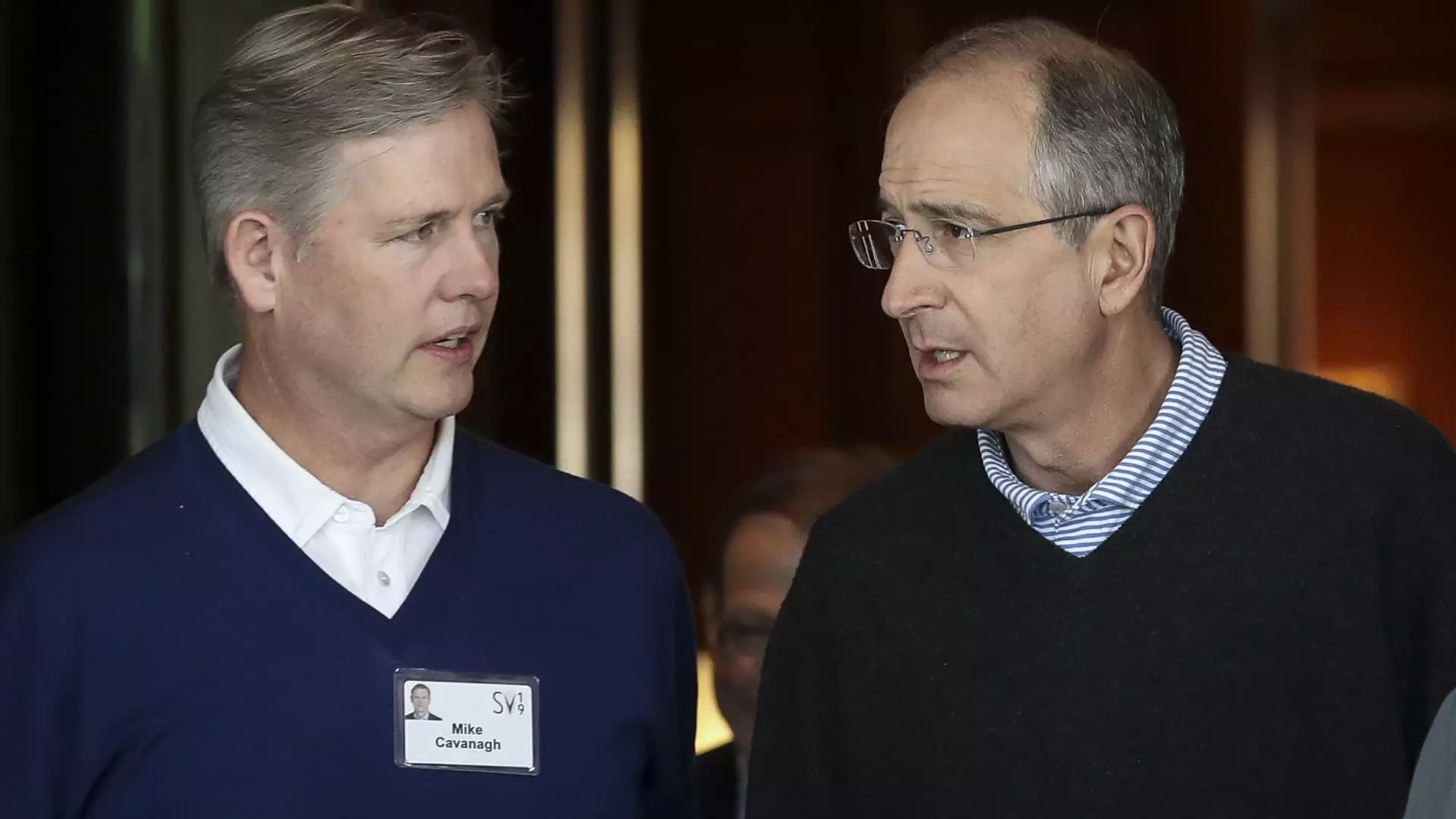The media industry is experiencing rapid changes, especially with the shift from traditional cable television to streaming platforms. Companies like Comcast are feeling the pressure as they adapt to evolving consumer preferences. On a recent earnings call, Comcast President Mike Cavanagh revealed the company is contemplating a potential separation of its cable networks from its broader operations. This announcement reflects the need for organizations in the media landscape to recalibrate their strategies amidst an unprecedented decline in pay-TV subscriptions.
Cavanagh’s proposal aims to develop a distinctly capitalized entity solely focused on cable networks, which would be shared among existing shareholders. This move, however, will not extend to NBC, the prominent broadcast network, nor to the streaming service Peacock, which has been gaining traction in a competitive market. Notably, Comcast’s cable portfolio includes a variety of well-known networks such as Bravo, USA Network, and MSNBC. These are assets that could be better leveraged within a standalone framework that is highly responsive to market demands.
The context for this exploration is significant; millions have abandoned traditional cable options in favor of diverse streaming services. The losses are staggering, amounting to a considerable decline in customer bases. Reports indicate that Comcast lost 365,000 cable TV customers in the last quarter alone, reflecting wider industry trends where millions have shifted away from conventional pay-TV models.
This ongoing transition in consumer behavior echoes across the media industry. Findings from analyst MoffettNathanson highlight a formidable loss of four million traditional TV subscribers in just the first half of the year. Such devastating shifts have also prompted critical implications for existing media companies, leading to significant financial decisions, including substantial write-downs like the $9.1 billion from Warner Bros. Discovery’s reevaluation of their cable segment’s worth.
As Comcast navigates these market challenges, the notion of carving out a specialized cable company signifies adaptive optimism. Cavanagh’s assurance that the company is not only analyzing the best future paths but also exploring potential partnerships speaks to a proactive approach against a backdrop of uncertainty.
While there’s no clear timeline for a decision regarding the separation, Cavanagh emphasized the importance of flexibility as Comcast considers potential streaming partnerships. As the demand for unique content increases, creating a dedicated cable entity could allow Comcast to channel its resources more effectively towards producing compelling materials across its cable networks. In an interconnected media environment, this could facilitate synergies, ultimately enriching the viewing experience for consumers.
Comcast’s recent considerations highlight a strategic pivot in response to the transformative nature of the media landscape. Such decisions may very well shape the future trajectory of the company and define its operational capabilities moving forward. As the media world continues to evolve, only time will tell if this exploration results in a successful transition towards a more flexible and competency-driven future for Comcast.

